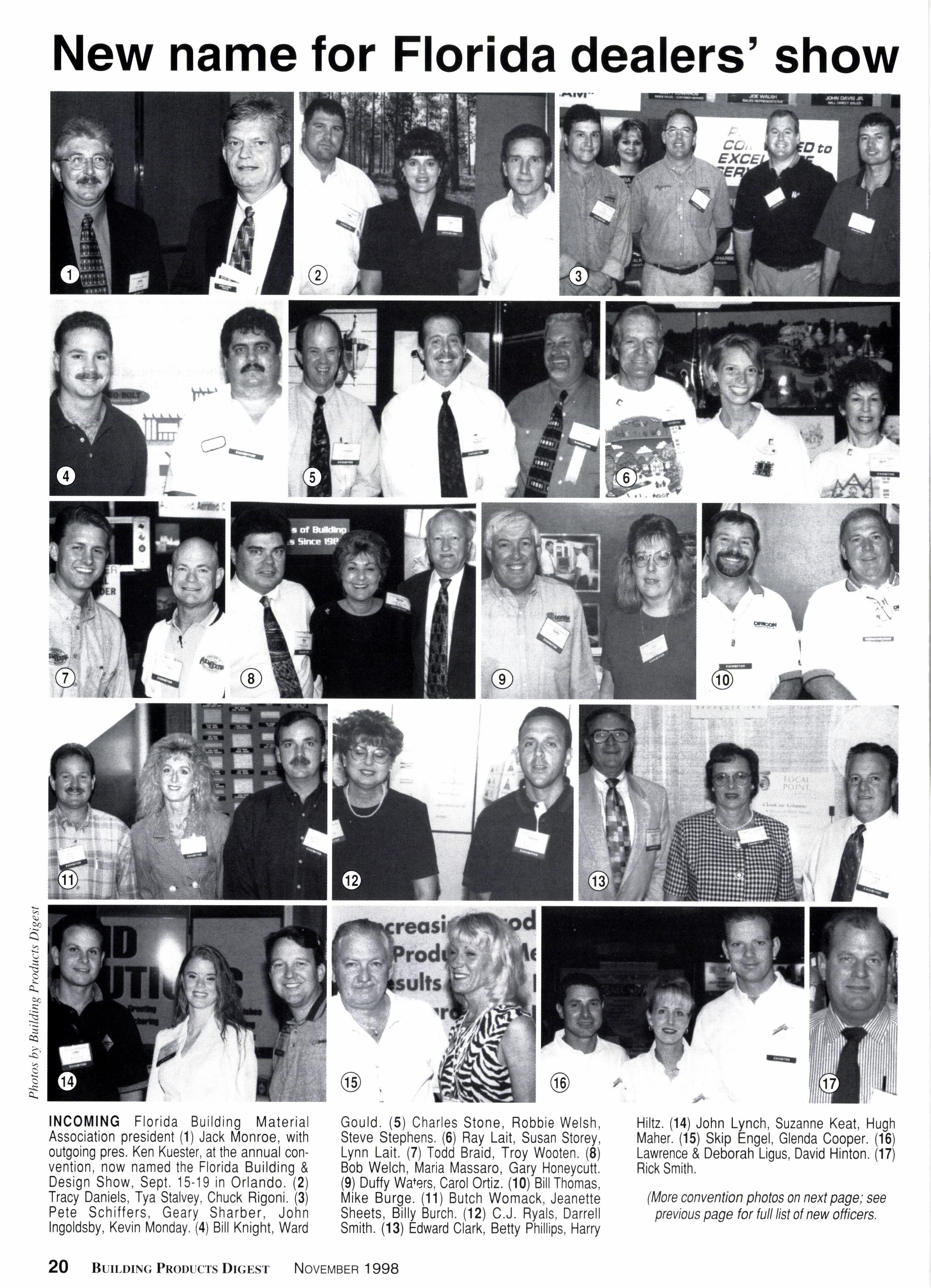
1 minute read
Pad your insulation sales
A crucial part of making the sale is educating the customer. It's likely that many will have concern or apprehension about selecting and installing insulation. By showing customers the Model Energy Code Map and determining what R-values are recommended for their climate zone, you can take them through the selection process efficiently and build their knowledge and confidence at the same time.
Once your customers are confident about buying and installing insulation, they may need to consider other products as well. Studies show that when insulation is purchased at retail, on average, 347o of the total sale is for other building materials. This presents an excellent opportunity to cross sell.
There are many opportunities to upgrade to higher R-values that will benefit both your store and your customers. For example, the standard for exterior walls was R-I1. however, R13 and R-15 yield better insulating efficiency and reduce overall energy consumption. thus saving your customers more money on heating and cooling costs. By reminding them that when building and insulating a wall, they havejust one chance to do it right, you can make sure they use the highest R-value that is appropriate for the wall design.
One way to increase sales incrementally is to offer a blow-in fiberglass "lend out" program that combines selling the product along with the equipment to install in a single package. Johns Manville recently launched such a program for dealers of its Attic
Protector blow-in fiberglass insulation. Blow-in fiberglass insulation products are scientifically designed to add more coverage per pound yet maintain desired thermal efficiency (R-value) as a premium alternative to enhancing insulation performance. Fiberglass is the most widely used insulation material, partially because it's cleaner to use and holds its insulating power. Studies show an alternative product, cellulose, commonly settles as much as 2O7o to 25Vo over time, thus losing R-value. Installers need to compensate for that loss by adding greater thickness at the time of installation. Properly installed, blow-in fiberglass products such as Attic Protectoq typically settle only l7o to 3Vo and maintain R-value.
By also offering a "lend-out" blowin equipment program to your customers, dealers can build incremental additional sales and provide a valuable service to the smaller insulation contractor or d-i-yer. For instance, Attic Protector is designed for installation with a WASP blowing machine, so even hard-to-reach attic areas are easy to insulate. The WASP blows the white cotton-like insulation through a long hose, shooting it several feet and filling large areas and small gaps quickly and completely. One or two of these machines may quickly pay for themselves and allow vou to make more money.
INSULATION is a product known for high turns,










